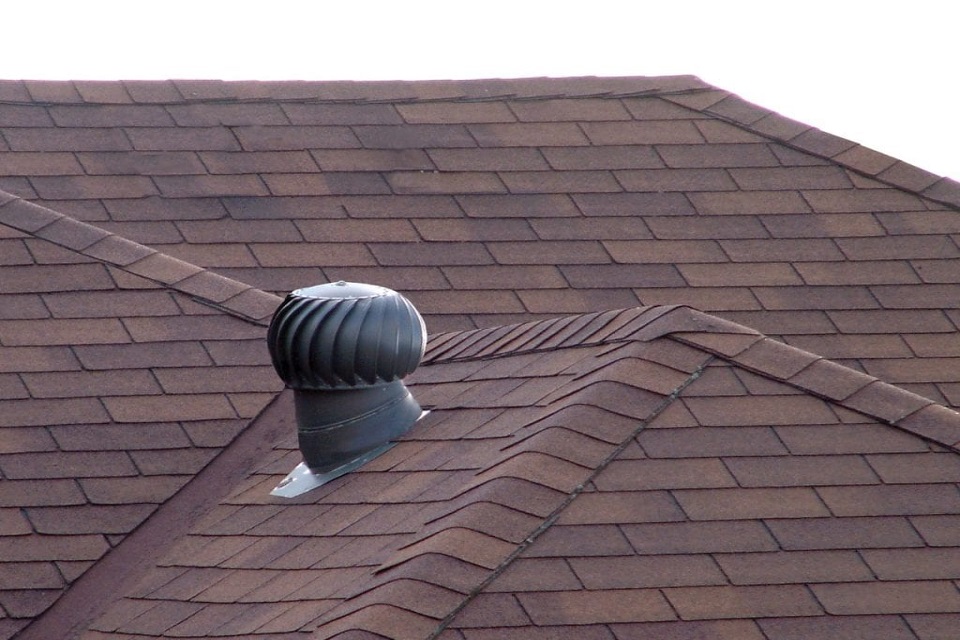
Roof ventilation is crucial in constructing a building and other enclosed infrastructure. However, how does roof ventilation help maintain our houses? Ideally, adequate ventilation prevents excessive heat accumulation. Furthermore, proper ventilation averts the growth of moulds which damage roofs and other roofing components. Unfortunately, most people are seemingly unaware of the various forms of ventilation, their value and how they work. As a result, decisions on roof ventilation often fall short.
What is Ventilation?
Ventilation eliminates stale indoor air from a building, room, or constrained space and replaces it with natural fresh air. The process also involves removing air pollutants and odours. Moreover, ventilation consists of the regulation of humidity and temperature within the room. Ventilation is either done passively or actively. The former relies on the structural design of the roof, while active ventilation uses fans, turbine vents and other motorised systems.
Roof vents are the foundation of a ventilation system. They allow the attic to breathe and protect the roof from heat and moisture. The installation of vents on the rooftop is guided by the fact that hot air accumulates around the roofline and cool air efficiently circulates from the high zones to the lower zones in a space.
Types of Roof Vents
There are numerous types of ventilation systems fitted on roofs. However, each vent has unique characteristics and advantages. This article will look at some examples of the most popular vents.
Turbine Vent
The turbine vent, often known as the Whirlybird, is a wind-powered cooling ventilation system. The vent system has a bulbous shape with fins that allow the unit to spin in the wind. The spinning creates a vacuum that forces warmer air out of roof cavities and ultimately cools the space. Furthermore, the turbine vents are affordable and have little operation costs. Moreover, turbine vents are simple to install. As a result, turbine vents are a favourite for homeowners who are working with a tight budget.
Unfortunately, the turbine vent has some downsides. The vent is not suitable for all weather conditions. In strong winds, the vent spins too fast to ventilate the space. Moreover, the turbine vents don’t fit well on steep roofs.
Ridge Vent
As the name implies, ridge vents are positioned at the roof’s ridge. Typically, a two-inch wide slot in the top layer of the roof is cut and the vent placed. Furthermore, a mesh is installed on the inner layer to keep insects and other small objects out. A ridge cap is also set on top of the ridge vent to complete the elegant look of the roof. The ridge vent’s location allows it to recycle hot air from the building with cool air.
Gable Vent
Gable vents are most commonly fitted on gable roofs which feature in properties around temperate climates. The gable vent is positioned on the sides of the house beneath the roof. In most cases, the vents come in pairs, but one may require more depending on the number of gables on the roof.
Soffit Vent
The soffit vent is found in most residential properties. As the name suggests, the soffit vent is fitted on the soffits around the roofs. Individual vents, continuous strips, and ventilated soffit panels are some of the different types of soffit vents.
Why Not Try Solar Roof Vents?
Technology has come a long way in the development of ventilation systems, and one of the latest inventions is solar-powered roof vents. The vents are electrically powered and offer efficient ventilation. Nonetheless, the solar function allows the roof to generate its own power and save electricity by at least 30%. The system also operates intelligently to optimise ventilation and has its automatic on/off function.
Although ventilation is essential, choosing the right system is difficult. Therefore, the recommendation is to hire roof ventilation professionals to successfully select and install the best roof vent for your house.
